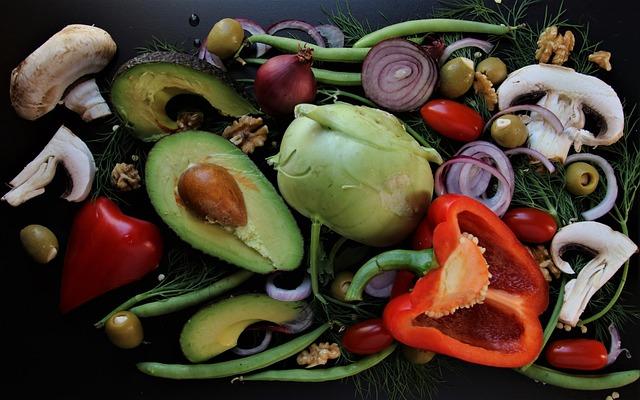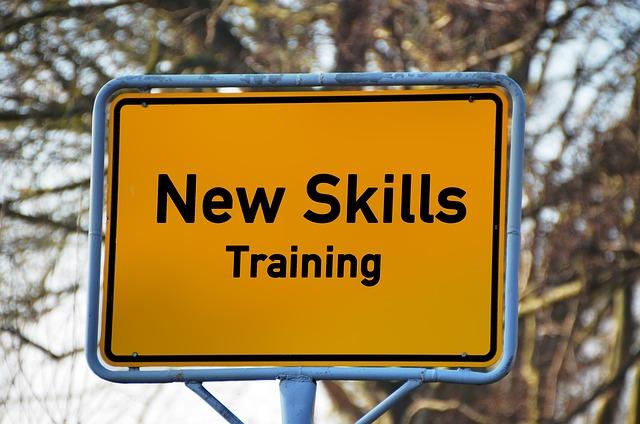In the quiet moments between breaths, when the world seems to pause, those who live with chronic pain often find themselves in a relentless dance with discomfort. It’s a journey that requires resilience, courage, and an unwavering hope for relief. But what if the path to managing this persistent companion could be paved with the gentle rhythm of exercise and the nourishing embrace of a mindful diet? Imagine a life where each movement becomes a step toward empowerment and every meal a source of healing. This article explores the transformative potential of exercise and diet in managing chronic pain, offering not just strategies, but a compassionate guide to reclaiming joy and vitality. Let us embark on this journey together, with empathy as our compass and well-being as our destination.
Embracing Movement: Tailoring Exercise to Soothe Chronic Pain
Chronic pain can often feel like an uninvited guest overstaying its welcome, but incorporating gentle, mindful movement into your routine can transform how you experience and manage discomfort. The key is to tailor exercises that respect your body’s limits while gradually enhancing its strength and flexibility. Consider engaging in activities such as yoga or tai chi, which emphasize slow, deliberate movements that not only soothe the body but also calm the mind. These practices can be particularly beneficial as they help increase circulation and release tension without placing undue stress on sensitive areas.
- Listen to your body: Pay attention to what feels good and what doesn’t, adjusting your movements accordingly.
- Start small: Begin with short sessions and gradually increase duration as your body adapts.
- Focus on form: Proper alignment can prevent injury and ensure you are gaining the full benefit of each exercise.
- Incorporate variety: Mix in low-impact activities like swimming or cycling to keep your routine engaging and balanced.
By embracing a personalized approach to movement, you can create a sustainable exercise routine that not only alleviates pain but also enhances your overall well-being.

Nourishing the Body: Dietary Choices that Alleviate Discomfort
When it comes to managing chronic pain, the foods we choose to nourish our bodies with can make a significant difference. Certain dietary choices have the power to reduce inflammation and ease discomfort, offering a sense of relief and well-being. Here are some thoughtful food choices to consider:
- Omega-3 Rich Foods: Incorporate fatty fish like salmon and mackerel into your meals. These are abundant in omega-3 fatty acids, known for their anti-inflammatory properties.
- Colorful Fruits and Vegetables: Fill your plate with a vibrant array of fruits and vegetables. Berries, leafy greens, and sweet potatoes are packed with antioxidants that combat oxidative stress and reduce pain.
- Whole Grains: Opt for whole grains such as quinoa, brown rice, and oats. These not only provide essential nutrients but also help in maintaining steady blood sugar levels, which can impact pain perception.
- Herbs and Spices: Enhance the flavor of your dishes with turmeric, ginger, and garlic. These ingredients are renowned for their natural anti-inflammatory effects.
By making these conscious dietary choices, you can foster an environment within your body that is conducive to healing and comfort, reducing the grip of chronic pain on your daily life.

Mindful Practices: Balancing Rest and Activity for Pain Relief
Incorporating mindfulness into your daily routine can be a transformative way to manage chronic pain. Balancing rest and activity is crucial, and it’s essential to listen to your body’s signals. Mindful practices can help you identify when it’s time to push forward and when to ease back. Consider these gentle approaches:
- Mindful Movement: Engage in exercises like yoga or tai chi, which emphasize slow, deliberate movements and deep breathing. These practices not only improve flexibility and strength but also promote relaxation and stress reduction.
- Restorative Rest: Ensure your rest periods are truly restorative. This could involve short meditation sessions, deep breathing exercises, or simply taking a moment to enjoy the silence and calm your mind.
By weaving these mindful practices into your lifestyle, you create a harmonious balance that can significantly alleviate pain and improve your overall well-being.

Creating a Personalized Plan: Listening to Your Body’s Needs
When it comes to managing chronic pain, it’s essential to develop a personalized approach that truly resonates with your body’s unique signals. Listening to your body involves recognizing what it needs and what it doesn’t. Start by observing how different activities affect your pain levels. Do certain exercises alleviate discomfort, or do they exacerbate it? Use these insights to tailor your workout routine. A blend of low-impact exercises like swimming, yoga, or tai chi might be beneficial, as they promote flexibility and strength without putting too much strain on your joints.
- Pay attention to dietary needs: Identify foods that trigger inflammation and those that help reduce it. Incorporate anti-inflammatory foods such as leafy greens, nuts, and berries.
- Stay hydrated: Proper hydration can significantly impact your body’s ability to manage pain.
- Mindful eating: Listen to your hunger cues and eat in a way that nourishes your body without overindulgence.
Remember, your journey is unique. Empower yourself by keeping a journal to track your progress, noting what works and what doesn’t. This practice can help you make informed decisions and adjust your plan as needed. Embrace this compassionate approach, giving your body the attention and care it deserves.


